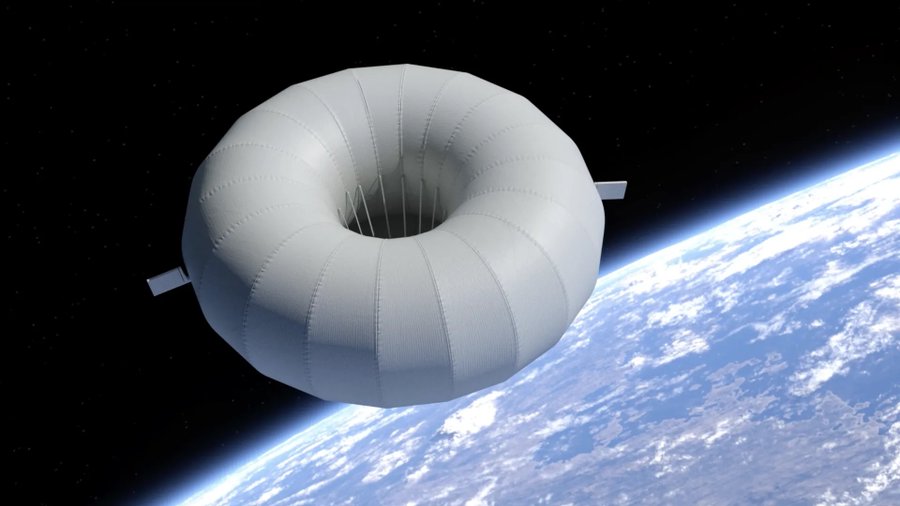The new Strategic Defence Review (SDR) for the United Kingdom has been completed – with good news for some – and more mixed news for others. The Royal Air Force (RAF) is counted as a winner. It is gain a fleet of nine Boeing P-8 Poseidon maritime patrol aircraft – effectively filling the gap caused by the decision of the previous SDR in 2010 to end the very overbudget Nimrod maritime patrol aircraft MR4A upgrade programme and scrap its remaining aircraft – a decision now accepted by all sides as being a mistake (even if doing the Nimrod upgrade in the first place was the original mistake). The RAF is also to gain two more squadrons of Typhoon jet fighters which will largely be made up of aircraft having their flight lives extended. These Typhoon jets will also be converted to give them more utility against asymmetric threats (e.g. terrorists) with the addition of a proper ground attack capability.
The RAF drone fleet of Reaper UAVs is being doubled from 10 to 20 machines.
The Royal Navy had more mixed news. Having previously had its expensive electromagnetic catapults taken away from (or rather not fitted to) its new Queen Elizabeth-class aircraft carriers, the Senior Service thus found itself being forced to take the VSTOL variant of the very expensive US-built Lockheed Martin F-35 stealth fighter jet which has less range than other versions.
Still at least the Royal Navy will now have enough Lockheed Martin F-35Bs (which replaces the Harrier force which was prematurely retired a full ten years before the F-35B will be ready) as its numbers will be increased from a few dozen to about 42 new machines – albeit with half flown in RAF colours. The jet’s ability to land vertically is, at least, less hazardous than having to “trap” a wire with an arrestor hook on a rolling deck. It also gives the F-35B the cabability to land, in emergencies, on other “landing deck” ships, an ability which might become necessary now that China has perfected its satellite-targeted DF-21D anti-carrier ballistic missiles.
The downside for Royal Navy is that it is only to receive about eight of its promised 13 new Type 26 global combat warships which are officially classed as frigates but which have a tonnage and weapons capability which really makes them light cruisers by World War 2 standards. The lost five ships from this order will now be replaced by a class of smaller and much cheaper “general purpose frigates”.
Possibly worst of all for the Royal Navy is that it will probably still not have enough sailors to fully man its fleet with only a slight increase in its manpower (circa 400) planned.
The Army will be allowed to grow slightly after being over-pruned in the recent past. It will now have two rapid reaction strike brigades of 5,000 men set up with the ability to quickly move to any part of the world. The 200 or so Challenger 2 main battle tanks now look likely to be retained after originally being planned to be partially scrapped but new scout type vehicles are being ordered.
While equipment needs are being, for the most part, attended to, service pay and perks are likely to be curtailed again – not helping the morale of those who sometimes have to put their necks on the line for the nation.
Civilian and civil service workers at the Ministry of Defence will, however, have their numbers cut by 30%. Nevertheless, under the pretext of the fight against terrorism, the numbers of intelligence and security service personnel are being increased by 1,900.
Concerns about the increasing costs of renewing the Royal Navy’s Trident submarine-based nuclear warhead-carrying ballistic missile system are rising, even amongst those who believe that the UK should have atomic weapons as an ultimate deterrent. The new estimate for a four-boat system needed to ensure a continuous at sea presence, has risen another £6 billion to £31 billion, and this may yet rise further to £40 billion. These very large (and still rising) cost estimates are causing some to consider the admittedly less effective, but much cheaper option, of using much slower and shorter ranged submarine-launched cruise missiles as the UK’s primary means of atomic retaliation.
Current Royal Navy submarine-launched Tomahawk cruise missiles (to be followed later by more advanced stealthy designs) could be fitted with nuclear warheads and horizontally launched from the torpedo tubes of already operational Astute-class hunter-killer submarines, albeit that extra boats would be needed to ensure strikes against all potential nuclear enemies. However UK Government’s Trident Alternatives Review of 2013 appeared to be rigged against this very low cost option which was ruled out of proper consideration as an alternative to Trident under the bizarre (and ridiculous) claim that developing a submarine crew-safe radiation-protected nuclear warhead for cruise missile use would take at least 34 years!
While cruise missiles are a relatively slow but measured means of nuclear retaliation, there are however, no plans to follow Russia’s recently revealed (and surprising) plan for an ultra-long range torpedo in this role.
There was no news about the UK’s satellite communications needs even though a decision on a replacement for the Skynet series of communications satellites is fast becoming urgent. The signals are that a new GEO constellation will be procured in a normal purchase contract and not this time using a PFI (Private Finance Initiative) contract. PFI contracts which were used for building schools and hospitals rapidly gained a reputation of being poor value for the taxpayer, especially in respect to the long term service contracts that accompanied them. However, while expensive and never tested by a major launch or in orbit failure, the current Skynet PFI contract with Airbus Services (formerly Paradigm) was regarded as one of the few PFI successes.
Update on 26 November 2015: In between his sensible partial U-turn on not immediately implementing tax credit cuts for poor working families, and his Labour opposition counterpart John McDonnell, reading from Chairman Mao’s little red book in protest over UK state assets falling into the hands of the Chinese state, the Autumn statement made by the UK’s Chancellor of the Exchequer, Rt. Hon George Osborne MP, confirmed the above rise in defence spending which equates to a rise of 0.5% above inflation for the next five years. Less welcome for the UK aviation and space business is a 17% cut in funding for the Ministry of Business, Innovation and Skills. This is the Ministry in charge of the UK Space Agency so there are likely to be job cuts there as well.







